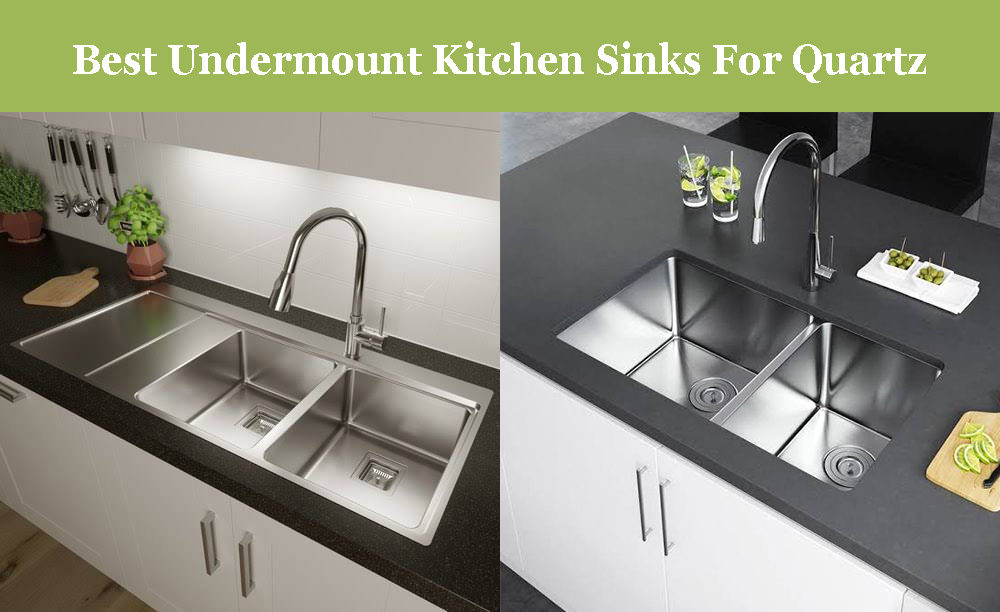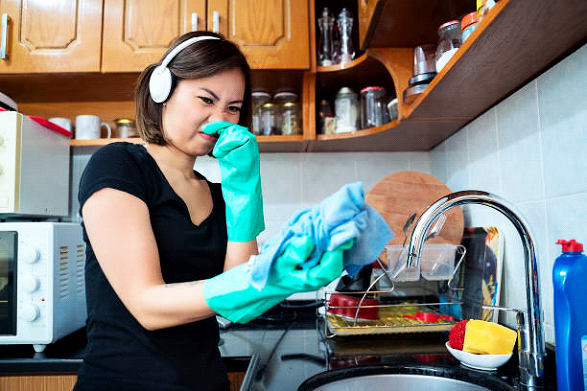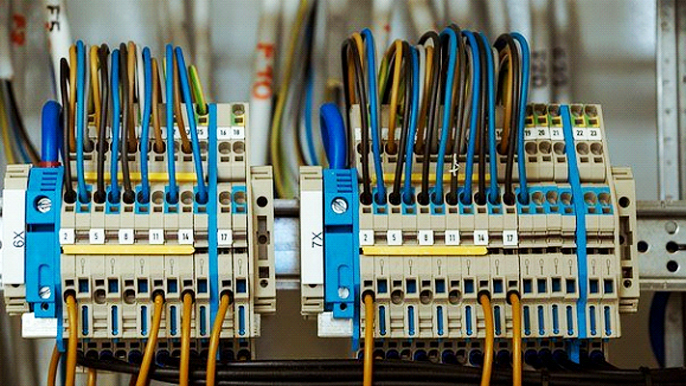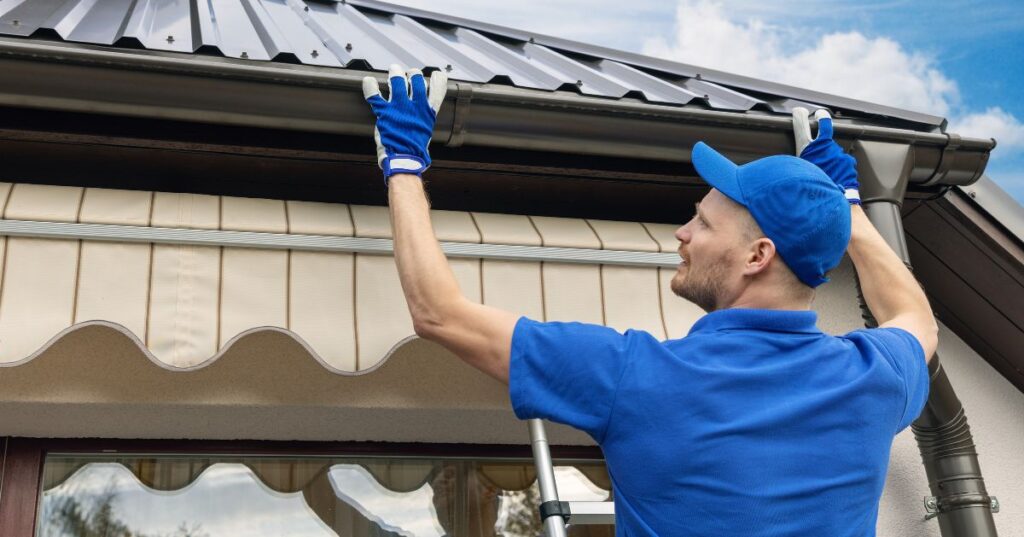It’s always very painful when I find a leak or a broken pipe in a drain pipe. If you find a leak, it usually means that the pipe is loose, damaged, or worn. Fortunately, repairing drains and pipes is a really simple task that can be done at home with a few fixtures.
If the leakage drips from the pipe, the connection may be loose or damaged. If the leak is coming from the bottom of the sink, the cause may be the sink strainer. We’ll start with some easy and temporary fixes to stop any leakage right away, then move on to more permanent solutions based on where the leakage was discovered.
Contents
Common Causes Of Kitchen Sink Drain Pipe Leaking
One of the most common and noticeable leakages in your home is the kitchen drains, which are leaking at the connections or fittings. Here are some of the most common causes of drains leaking into kitchen sinks.
1. Faucet Leaks
Faucet leaks can be one of the most common causes of kitchen sink leakages. Leaks from the faucet are generally easy to find. A common indicator is the formation of a puddle on the sink when someone turns on the faucet. It is also possible that the faucet is leaking under the sink. In other words, you can’t tell unless you look under the counter.
Most often, faucet leaks are caused by defective washers or worn gaskets. You need to replace them. In some cases, a serious leak will require the entire faucet to be replaced, but that’s not a difficult process anyway.
2. Clogged p-trap
The term “p-trap” is commonly used to define a curved section of a pipe beneath a sink. Its main purpose is to prevent stink from penetrating into drains. Leakages are difficult to identify immediately because traps are usually placed out of sight. Over hours, debris, food debris, and dirt build-up in the trap.
This can lead to increased pressure and cause cracks and ruptures at the pipe joints, which can lead to leaks or water coming back up the kitchen sink. Be aware that liquid drain cleaners can further erode problematic connections and weaken pipes. If the issue persists, you should contact an expert to assist you in properly troubleshooting the issue.
3. Wobbled Pipe
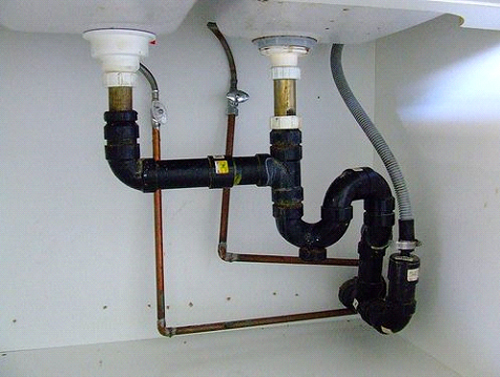
Many plumbing repairs were thrown in with what you had, or even improperly sized pipes, or even combinations of pipe sizes and improper lengths. This creates pressure on the joint and can lead to failure. In this case, you will need to request a quote unless you are unable to repair it yourself.
4. Connection To A Loose Water Supply
One of the causes of kitchen sink leaks could be a loose water supply connection.
If the leak beneath your kitchen sink is consistent, there could be an issue with the water supply line to your sink. A kitchen sink usually has two water supply connections, but if the sink has a separate sprayer, it may have three. Every water supply connection carries the risk of leaking and producing issues.
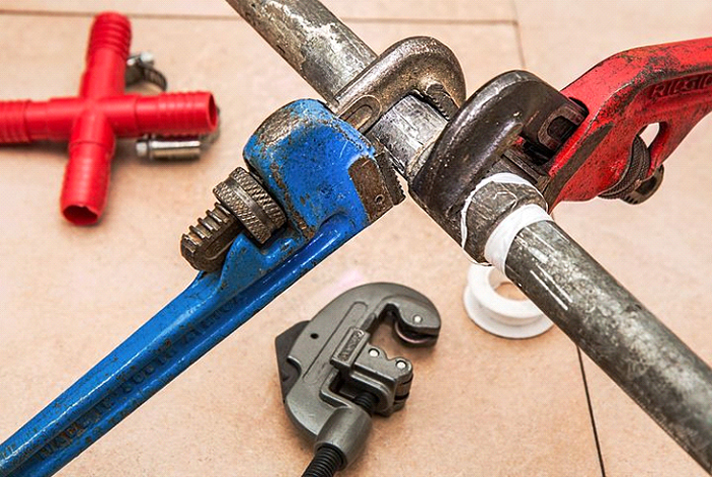
You may not detect the leak until it has drenched your cabinet and everything else in the under-sink storage because the connections are generally hidden. Corrosion or, more typically, a failed gasket in the connector might cause a water line leak. In most circumstances, merely replacing the gasket will suffice to stop the leak, but in others, simply tightening the connection will suffice.
5. Washers That Have Been Worn Out
One of the causes of kitchen sink leaks could be worn-out washers. Each time you use the faucet, the washer is pressed against the valve seat. Frequent rubbing wears the shims, at which point leaks begin to form around the spout. Sink leaks caused by worn-out washers can be easily remedied by replacing the washer. Compression faucets are particularly prone to worn-out washers.
How To Repair a leaking kitchen sink drain pipe?
If one of the connections between the pipes is leaking, try tightening the union nut. For metal traps, use slip-joint pliers to grab the nut and tighten it by hand, about 1/2 turn. For plastic traps, simply tighten the nut by hand and, if necessary, rotate the nut about 1/4 turn with slip-joint pliers.
If that doesn’t work, loosen the trap completely and remove it.
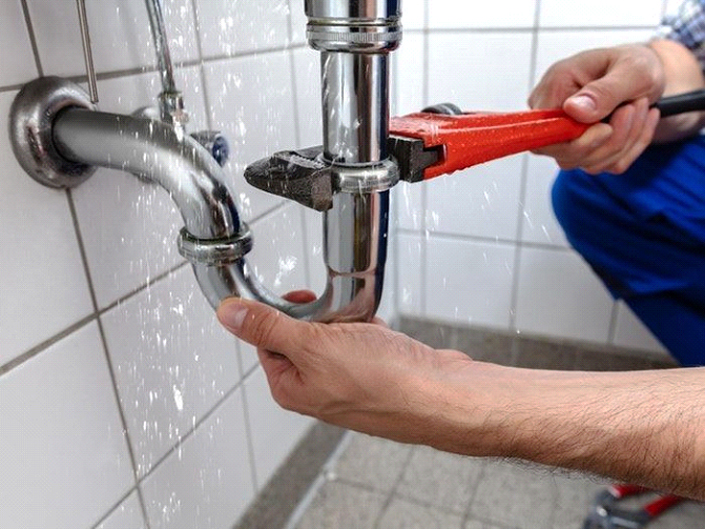
First, check the large rubber slip washers or conical plastic washers that provide a watertight seal at each joint between the drain trap pipes. As the rubber hardens over time, the rubber washers can leak. If it is hard or worn, replace it. If the pipe or washer is misaligned, the plastic pipe trap is more likely to leak, so check the position.
Check the pipe for rust and corrosion. If the pipe is corroded or cracked, take it to a hardware store to buy a suitable replacement. Replace the entire trap (PVC traps are cheap, durable, easy to use, and do not corrode like chrome-plated brass drains).
Final Verdict
Kitchen sink leaks are by no means a welcome guest in your home, but they are very noticeable and easy to find right after the start. Puddles, dirt, or moisture in the cabinet under the sink is a typical sign of leakage. It is very important to fix the leak immediately to avoid more serious damage.


